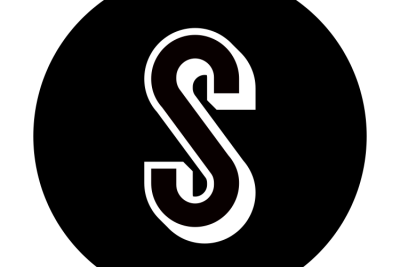The Alternative/Indie Archetype: Tarot

Hello fellow diviners, psychics and readers! Today we will be diving into the great world of tarot, readings and their role within Alternative (Alt)/Indie culture. Allow me to first draw your attention to the physical cards, and then to the great manner of cartomancy, which has risen in importance in the 21st century.
The tarot deck, initially beginning its role as a simple deck of cards, was used in the middle of the 15th century Europe. Games such as Italian Tarocchini are still played today, and one of these days I’ll learn how to play it myself! The Minor Arcana are similar to a deck of playing cards used for solitaire. However each suit possesses 14 cards: ten pips, numbering ace through ten; a set of royalty; a king, queen, a jack; and a knight.
The Major Arcana, also known as the Trionfi, are composed of 22 cards, each with a signifying number. This section of 0-21 depicts scenes typically understood to represent different major life lessons or larger archetypal themes. Within this set, one might encounter the Fool (0) beginning their journey, the The Lovers (VI) harmony and connection or even a completion of understanding with The World (XXI).
Along with the purpose of playing card games, tarot has also evolved to fit the role of a divinatory tool. The practice of drawing cards and inspecting their position in a spread, along with the card’s orientation (face up or upside-down), can be used to garner information.
Tarot decks are typically viewed as tools of the occult or as strange magical items. Occupying this niche, tarot cards are stereotyped as items which reinforce Satanic worship and generally cause magical havoc.
A necessary part of Alt/Indie culture revolves around a sense of defiance and going against societal norms; almost counterintuitively, Alt/Indie culture embraces the most socially acceptable way of being defiant. It can be defined by a mannerism akin to toeing the line. Without crossing any boundaries, Alt/Indie culture attempts to push society in new directions without being too overbearing.
Playing with a Ouija board is a surefire disruption of the natural order. If ghosts can control a magical board and planchette, that’s more than likely a sign of bad news. Both tarot and ouija boards fall under the magical distinction of divination, the practice of seeking knowledge of the future or the unknown. However, a key difference is that the tarot deck is not bound by ghosts, but instead revolves around inner magics. Within our society, a trend towards individualism supports the use of tarot, but not ouija. I am not in any way suggesting that readers should practice divination with ouija boards, and I would personally advise against such actions.
Keeping all of this in mind, there is no reason to believe in the inner magic of the cards. One can easily deduce that you have equal chances of drawing any card from the deck. At the bare minimum, you can appreciate the potential considerations which show up in gorgeous engraven images. Without even considering the magical side of tarot, beautiful images can inspire you, like art in a museum.
However, tarot can help oneself think of situations in a different light. With one of the most generic spreads (past, present, future), you can use tarot as a reflective tool. Looking back upon what went right or wrong in the past, the tarot can offer different perspectives or refocus the reader on their own life. Personally, drawing the Lovers card upside-down could suggest fixing my love life. I have a one-in-78 chance to draw the Lovers card, a one-in-156 chance to draw it upside-down. With Valentine’s Day coming up and Mercury coming into retrograde, it could be a coincidence.
But an unshakable strange feeling comes over you when certain cards appear to be drawn more often than others. This week, I’ve drawn an upside-down Lovers and Queen of Pentacles more times than I can count. Human beings are not always rational creatures, and there is no reason to be restricted by rational ideologies. The sense that I have magically interacted with this deck of cards and tugged on different lines of fate’s cloth allows me to feel better about myself. Knowing that I have the power to decide how fate knits me in with the rest of the world fosters an inner drive. With this sense about me, I can change whatever I don’t like about my life and gain a sense of control.
Tarot is not for everyone! Even as I label it as a staple of Alt/Indie culture, it exists in the same manner as piercings. Not everyone who acts as your Indie or Alternative friend has a tarot deck, however, an Alt/Indie person is almost guaranteed to know at least one person with a tarot deck. Along with this, there are some certain considerations one must take into account when considering tarot for themselves. It is against certain credos to buy yourself a tarot deck. Since a tarot deck is best received as a gift, a simple solution presents itself. If you are looking to solidify your role as an Alt/Indie kid, you can gift a tarot deck to your friend.
Reading tarot, divining the future and thinking critically are all good ways to fortify your position within the Alt/Indie role. If nothing else, one of these three can help you become a more rounded person and support a successful life.What card do you find comes up most in your spreads? What did I forget to mention that you think of? Coming up next, we’ll get to the root of the Indie/Alt issue by facilitating an in depth analysis on hair follicles. Learn the ins and outs of cutting and dying your own hair! Any questions, comments, concerns, or existential crises can be sent to dbach.magiccows@gmail.com. As an English (and maybe eventually Philosophy) major, I love to write and trade theories of the universe with others.

